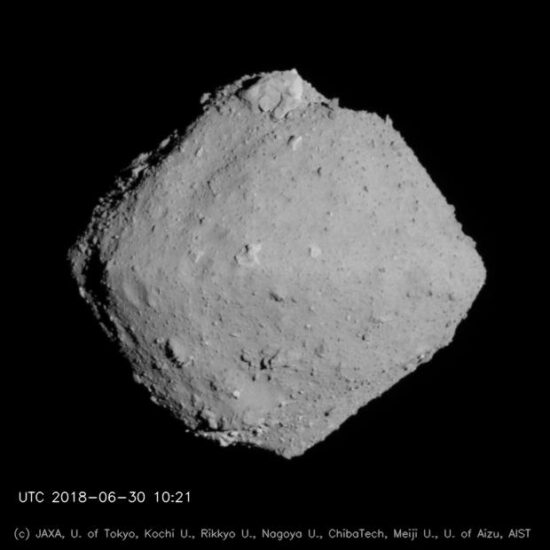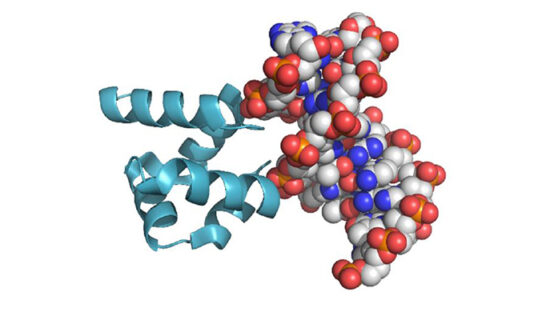Did life begin on Earth, or did it come from space? Panspermia is a hypothesis first proposed by the Greek philosopher Anaxagoras back in the 5th century BCE. He proposed that life didn’t originate on Earth but came from elsewhere. What he hypothesized is that life came from space.
How life began here or anywhere else is an intriguing topic. How did inanimate atoms combine to form inanimate molecules of which some were reactive, and eventually organize to use sources of energy and become self-replicating?
Early Earth was heavily bombarded by the debris that condensed to form the Solar System. Early impactors included objects that were near planet size. In such a chaotic and hellish state how could life have spontaneously emerged?
One cannot imagine Earth 4 billion years ago as being remotely conducive to life. But moving the timeline 200 million years forward and we see the first signs of cellular biology in the earliest fossil records. It would be billions of years later before multicellular life emerged.
Panspermia advocates do not tie the emergence of life to a unique Earth-based event happening between 4 and 3.8 billion years ago. Japan’s Hayabusa2 mission which acquired samples from the asteroid Ryugu (seen below) is seen as supporting the alternative theory that panspermia led to life on Earth.

Ryugu is a carbonaceous asteroid or C-asteroid. The Solar System has an abundance of these with 75% of known asteroids in this category. Carbonaceous means they are predominantly made up of carbon plus a small percentage of other rocks, minerals, and chemicals.
Hayabusa2 explored Ryugu from orbit, placed a series of landers on the asteroid’s surface, and then collected a sample from beneath. The sample which returned to Earth in December of 2020 contained 5.4 grams of subsurface material. What was found in it has panspermia advocates abuzz.
The headlines state that 20 amino acids were contained in the Ryugu sample. Amino acids are found in living organisms. RNA molecules are complex strands of amino acids. RNA molecules use other amino acid chains as tools. Among these are amino acid chains called proteins. The combination of RNA and proteins and the linkage between them increasingly appears to be key to how life emerged from inanimate chemistry.
This is the latest twist in the panspermia hypothesis which originally only considered RNA as the building block leading to life. But now it appears that RNA in tandem with proteins (and likely peptides, but that’s another story) were critical to life emerging. When chains of amino acids formed to become self-replicating, the molecule not only copied itself but also used the nearby chemistry in the form of proteins. RNA and proteins working in tandem were key to what later would emerge. What is so interesting is that today in cells, RNA and proteins very much work together. So nothing much has changed.
The RNA-protein hypothesis leading to life has the proteins interacting with RNA strands through trial and error eventually leading to a paired RNA double strand. That doubling once replicated as a stable self-replicating molecule became DNA. It may appear to be a significant evolutionary leap, but based on the abundance of building materials available for experimentation, it doesn’t seem that extraordinary. In laboratory experiments, scientists have synthesized RNA molecules from amino acid chains. A paper recently published in Nature explains how. Given enough time, could we synthesize DNA in a laboratory experiment as well?
As for panspermia, it isn’t difficult to explain that if amino acids are present on an asteroid devoid of life, they could have been here on early Earth as well. Proto-Earth may have come with them, or they may have arrived in the meteorite bombardment 4 billion years ago. Amino acids and the molecular protein chains could have been floating within the gas nebula that preceded the forming of our Sun and Solar System.
Whether life’s building blocks were part of the planet or arrived later, panspermia advocates seem to be gaining credence, particularly based on what Hayabusa2 has revealed in the Ryugu returned samples.









